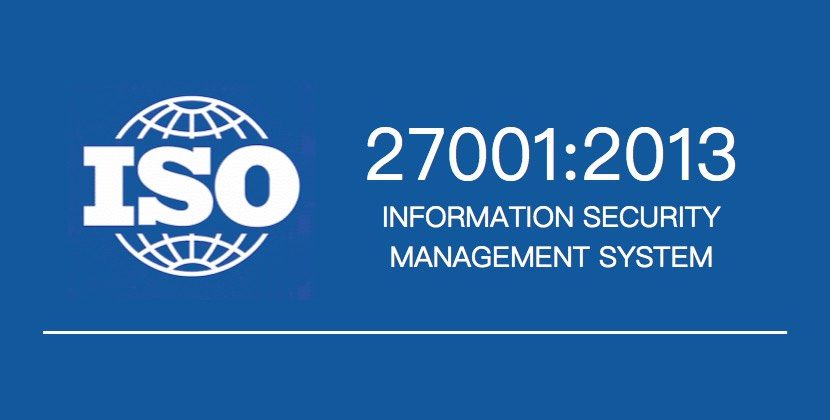What is the ISO 20022 Standards?
ISO 20022 is a standard for all stakeholders in the financial services industry, which significantly reduces the complexity of sending and deciphering information in a structure data format. This methodology can be used to develop structured financial messages and API resources to help reduce the data misinterpretation and ultimately unify existing messaging standards.
The use of ISO 20022 brings enormous benefits to the financial services industry, as it improves end-to-end processing across domains and geographies that currently uses vastly different standards and information formats.
How does the ISO 20022 create interoperability?
While MT103 and Fedwire each uses a different standard and syntax, both provide the same information as ISO 20022. An example of how ISO 20022 create interoperability across standards is, while the MT103 Single Customer Credit Transfer 2u ISO 2u st 20 the 52a “Ordering” “DebtorAgent” element being structured differently, it is still essentially describing the same business concept, which is the financial institution that services the account of the ordering customer (or debtor). As such, both concepts can be understood and mapped to the same ISO 20022 business components when processing the data.
How is ISO 20022 going to re-shape Trade and Supply Chain Finance?
Today, each bank has an online application where in a corporate will upload the bespoke files containing invoices for discounting (custom format). Such files formats are not standardized and imposes heavy transformation costs, consuming both time, money and resources to translate and decipher prior to book the trade and then process the payment via the MT or MX format message.
In the trade services area, a suite of ISO 20022 messages has been developed to cover e-invoice, invoice financing, demand guarantees and standby letters of credit, as well as factoring services.
What is the current stage of adoption?
While there will be a co-existence period from 2022 till 2025 for handling both the MT and MX for CBPR payments, some countries are more aggressive for local RTGS to completely shift to ISO 20022. The adoption of ISO 20022 throughout the correspondent is banking do Targeted to be complete by the end of 2025, ultimately seen as the de facto standard for global cross-border payments.
This sets a strong foundation for upcoming innovations in both the payments and trade space as technology players can leverage on these standards to look at who clients transact with, when are they transacting, and how are they transacting to provide deeper insights on client behavior which helps banks make better credit decisions.

